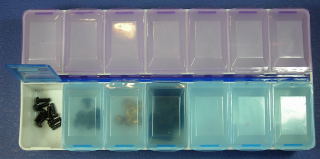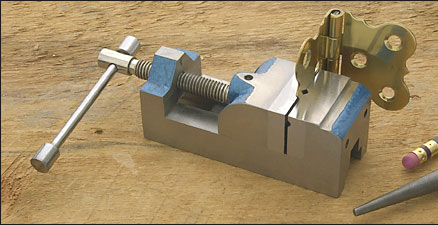a mobile shelf for paints - on the cheap
i had another fit of orderlyness…
while shoveling my junk from one place to another, in the hope to gain some space for more junk, i came to my paints and pinsels.
while i seeked a place, where to put them all together, a thought disturbed me.
i realized, that for the next two or three years i will use paints mainly on the layout. or in other words - far from the avayable storage shelves.
so the idea was born, to get a movable shelf for the paints.
as the accesses between the different parts of the layout are only about three foot wide, i looked for something with wheels, not wider than 1 ft.
in the furniture section of our store i found nothing. at the local competition they had as much as we have.
so it was DIY-time again.
somewhere i have a pair of wheels. i know. what i don’t know, is where.
while seeking them i found the remnants of a former office chair. (did i mention, that i hate to throw things away?)
and i found some perfiles and trays from metal shelving.
so i amputated the office chair. (luckily a cheap one with plastic feet) and screwed around a little.
this is the result:
(http://kormsen.info/thisnthat/bilder/colourtray01.JPG)
(http://kormsen.info/thisnthat/bilder/colourtray02.JPG)
the lower shelf is for the rattle cans.
(and on second thought, i will put a third shelf below, for the paint in tins…)
the whole thing is 1 by 4 ft. and can be moved like a wheelbarrow, and was entirely built with materials that i had lying around.





